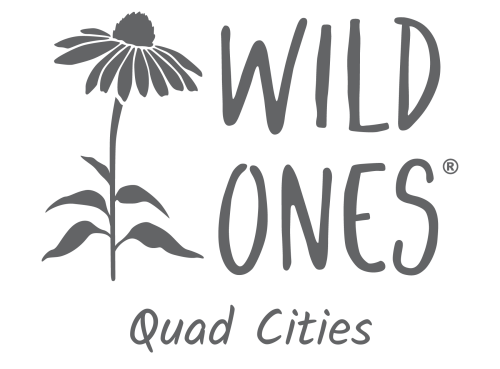written by Jerry McConoughey
In the spring of 2017 I was given the opportunity to start a new garden in Riverside Park dedicated to native plants. It was a small area, just 86 square feet, 20 feet long, five and a half feet wide at the east end, and three and a half feet wide at the west end. It was in a low area that was subject to flooding whenever two or more inches of rain fell. So I tried to choose plants that could tolerate that.
I chose to plant 38 plugs purchased from Prairie Moon Nursery. The tray of plugs included seven rose milkweed, six prairie milkweed, six cardinal flower, six Pennsylvania sedge, six rose mallow, and seven prairie blazing star. In addition I purchased a potted pussy willow tree, a packet of wild bergamot seeds and four prairie dropseed seedlings. I also tried planting some evening primrose seed, but that didn’t work out.
The plugs grew quickly into attractive plants. The bergamot seeds took off like a rocket. The dropseed never did well. The pussy willow grew rapidly but was eaten so badly by deer that after a couple years I had to dig it out. And an intruder appeared that first fall, a showy goldenrod.
The garden changes from year to year in ways you never foresee.
I learned a lot during the six years I tended the garden and had many surprises. I learned that both bergamot and goldenrod are terribly aggressive, that shooting star and rose mallow are not very durable, that cardinal flower does well as long as it gets enough water, that the garden changes from year to year in ways you never foresee.
Each year I added new plants to replace the ones that weren’t doing well. These included joe pye weed, queen of the prairie, turtlehead, obedient plant, common sundrops, English aster, blue lobelia, a double-headed sunflower, and a blue false indigo.
The main lesson I learned was that you have to control the aggressive plants. I did pretty well with the goldenrod, and obedient plant, but the bergamot got away from me and took over a large section of the plot. The upside to that is bergamot is an excellent pollinator plant.
